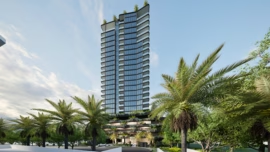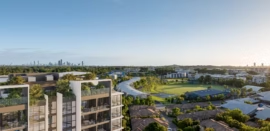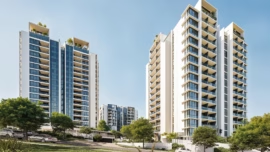The Grange Greenbank: Stage 1
Progress at The Grange Greenbank continues unabated. The OM Civil team have worked hard through winter to ensure delivery of Stage 1 of project with roads, curbing and channeling now all in place.
The estate is one of Homecorp’s latest endeavours and the Pre Construction Team were able to visit and complete site checks in October to help pave the way for building to commence in Q1 2025.






















